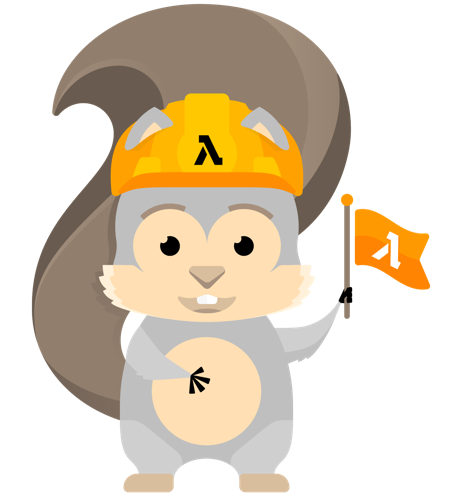Browser Intertab Communication via Broadcast Channel API
Learn how to manage communication across browser windows and tabs for your websites and web applications.
Browser Intertab Communication
To keep your website’s state up to date across browser tabs, you can use browser’s Broadcast Channel API.
According to MDN document:
Broadcast Channel API allows simple bi-directional communication between browsing contexts (that is windows, tabs, frames, or iframes) with the same origin (usually pages from the same site).
When a client(an instance of your webpage) broadcasts a message, all other clients who have already subscribed to this channel will receive the message. Upon receiving the message, clients can respond accordingly.
You can imagine this as a radio channel. Messages are broadcasted by a radio channel and radios which are listening at the same frequency are able to receive the broadcasted messages.
Note that a broadcast channel doesn’t broadcast to itself. That means you won’t receive the message fired by a broadcast channel on the same page.
Broadcaster
You can create a broadcast channel by using BroadcastChannel constructor with a channel name value. Your website can then broadcast a message using postMessage method.
const channelName = 'jun711'
const jun711Channel = new BroadcastChannel(channelName);
jun711Channel.postMessage({action: 'doSomething'});
Receiver
To receive a message, you can use onmessage method. The received message has a data parameter. This data parameter contains the object that the broadcaster sends via postMessage.
function listenForMessage() {
const jun711Channel = new BroadcastChannel('jun711');
jun711Channel.onmessage(e => {
console.log('message received: ', e);
if (e.data.action === 'doSomething') {
doSomething();
}
});
Message Types
Available message types are JavaScript objects supported by structured clone algorithm. For example, all promitive types except Symbol, String, Boolean, Blob, File, Array, Object, Map, Set et cetera.
An example of sending a Blob via Broadcast Channel API.
const jun711Channel = new BroadcastChannel('jun711');
const textBlob = new Blob(['hello', 'world'],
{type: 'plain/text'});
jun711Channel.postMessage(textBlob);
Clean Up
When a broadcast channel is done being used, it is a good idea to close it so that it doesn’t consume unnecessary memory and can be garbage collected. You can close a broadcast channel by calling its close method.
const jun711Channel = new BroadcastChannel('jun711');
jun711Channel.close();
Example usage
-
Log users out across a browser tabs. This is useful to prevent conflict that can arise due to out-of-sync application state.
-
Update your web application UI. For example, changing a UI settings on a tab should be reflected on other tabs too.
-
Synchroze web application state.
Caveat
Note that this is not available on Safari, Internet Explorer and older Edge.
Support Jun
Thank you for reading! 
If you are preparing for Software Engineer interviews, I suggest Elements of Programming Interviews in Java for algorithm practice. Good luck!
You can also support me by following me on Medium or Twitter.
Feel free to contact me if you have any questions.



Comments